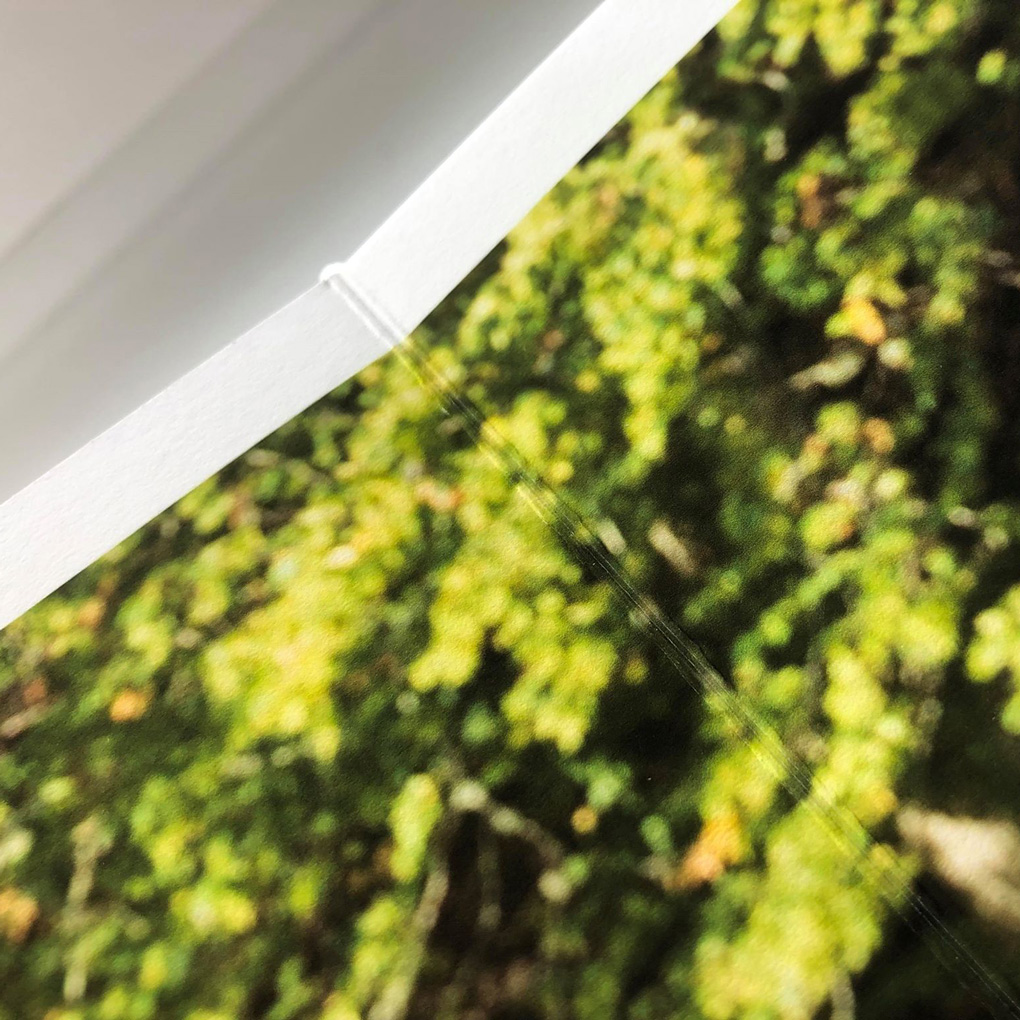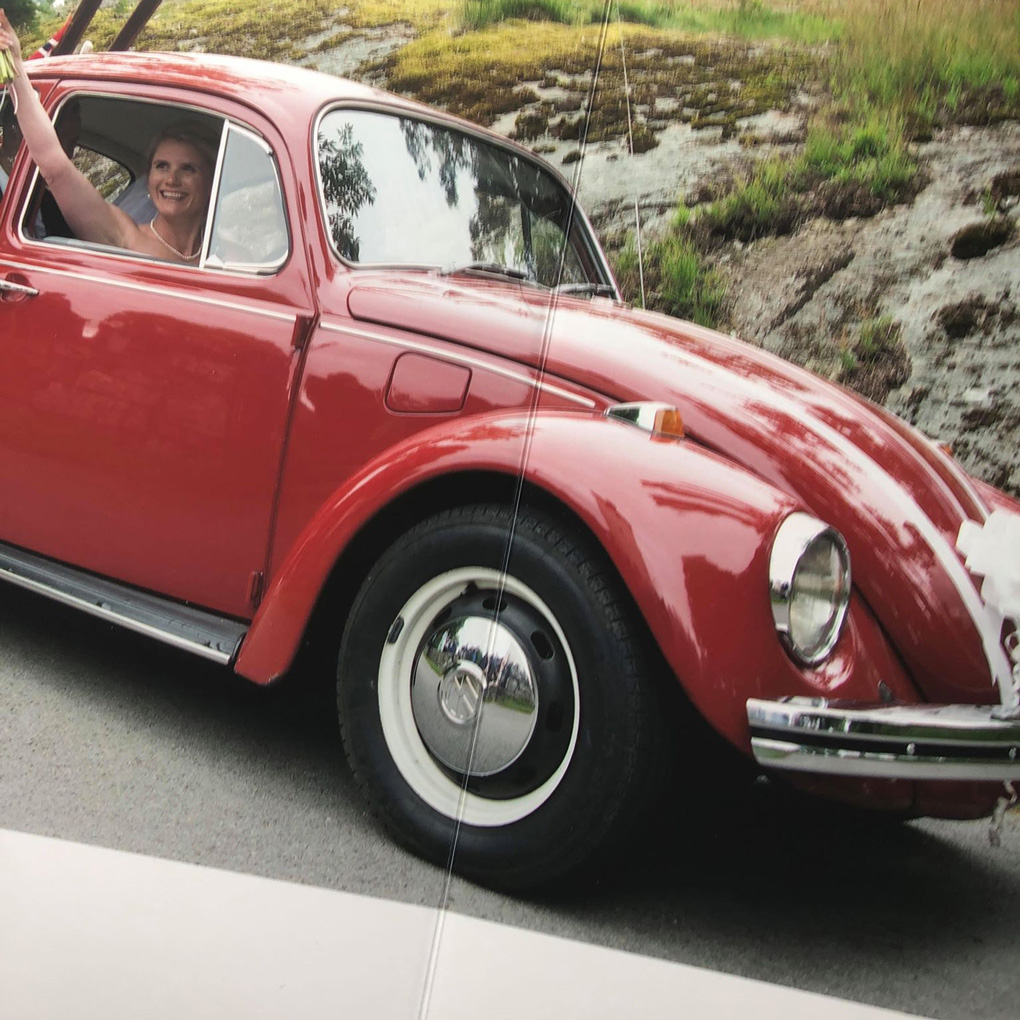In the middle of your book
The folding in photo books creates problems, we explain here how to avoid them.

Here we want to explain and help you understand how folding in photo books is done.
To get a soft and precise crease on a photo paper, it is done by machine.
As you probably know when folding a paper, it becomes easier to tear the paper along the fold
which is because you weakened the paper in the paper there are fibers that break when you fold it.
If there is a black or dark image on the paper, it will look like a white line in the image,
it is fibers that have gone off and we see the ends of the fibers this phenomenon you see with different clarity in the Fineart books.
Photographic paper consists of a paper base that has been covered with a photosensitive emulsion.
When folding this paper happens a bit the same but the paper consists of a plastic surface that makes you not see fibers,
however, there is microscopic damage in the paper where air enters.
When the air reaches the emulsion, a chemical reaction becomes a blue line.
The thinner the paper, the harder it is to avoid this.
Today, there is basically only one alternative for photo books if you want chemically developed paper,
at the same time as they chase their profitability by changing the paper and making it thinner and thinner
they create problems, for all labs.
Our lab does everything they can to eliminate these problems.
But we also have good advice for you as a photographer!
- Never design over the middle of a spread.
- If you put a picture over it let it be a bright picture.
- Choose the standard book before the studioline.
- Become a Premium customer, you will receive % on the standard books.
Have a look at our page with tips and inspiration and about the different paper choices.

Fineart
Features
Hahnemuhle - Canon - Munken& Rives paper.
These papers have some degree of fiber rise in the crease.
The pages of these books are provided with a wax to protect them.

Standard bok
Features
Fuji DPII Luster / matt - Fuji DPII Silk - Fuji DPII Glossy
- Fuji DPII (Metallic) Pearl & Fuji Velvet Paper.
These papers show very small problems with folding.

Mate Fine Paper
Features
This is a hybrid paper properties like the chemical paper,
but printed and you get fantastic feel and properties
These papers basically show no problems with the bigging.

Velvet
Features
together with Fuji DPII Luster / matt - Fuji DPII Silk -
Fuji DPII Glossy & Fuji DPII (Metallic) Pearl Paper.
These papers show very small problems with folding.

Studioline
Features
to work with, which usually gives a blue line in the crease
The line is not visible in white and you cannot advertise a studioline book.
A comparison of books. More and significantly better – Standard books.

